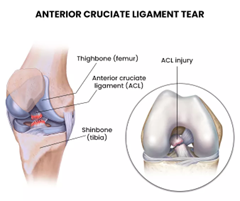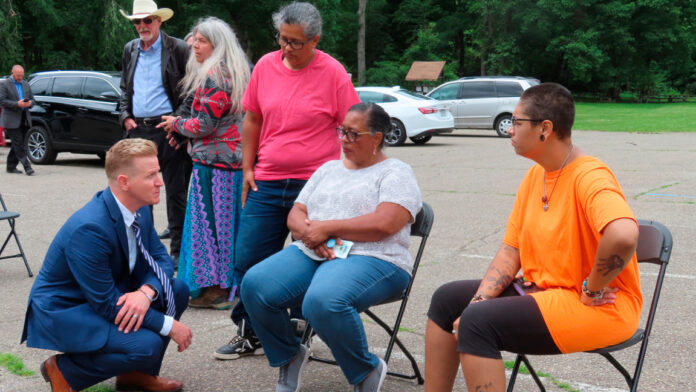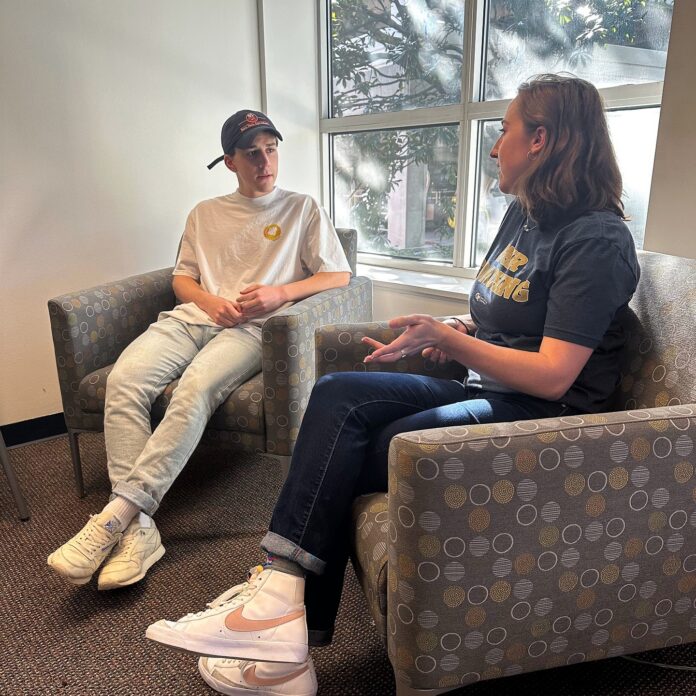This semester I took a course called Locomotion Neuromechanics. Like me, you might think that it would be a course where you would learn more about the movement within one’s body, different things that can affect mobility, etc. However, after attending the first class, I realized it was focused on the student’s own interest in a topic relating to Locomotion Neuromechanics. I found this method interesting because it allows the student to either dive deeper into their own research or explore other topics, related to locomotion, that they wouldn’t be able to in another class.
After the first round of presentations, the class had a broad range of topics that would be focused on like robotics, animal/insect locomotion, neurodegenerative diseases that impact mobility, flying snakes, spinal cord injuries, etc. At first, I had no idea on what topic I would be focusing on. I initially presented on something related to spinal cord injuries, but instead of focusing on humans, I was looking at animals like cats and mice. This changed after I was researching stuff that I would enjoy more. I then focused on the anterior cruciate ligament or commonly known as the ACL. This topic can go any way from what is the ACL, how it works, ACL injuries, etc.
Before I start, you might be wondering what the ACL is. The ACL is a ligament that connects the femur to the tibia. The femur and tibia in layman’s terms are the thigh bone and shinbone, respectively, found in your leg. This ligament is important for knee and joint stability. You might wonder why your knee doesn’t move forward when you walk, jump, play sports, etc. The ACL is in charge of preventing the movement of the knee to go from the front to the back or side to side. It is most commonly known to have ACL injuries while playing sports such as soccer, football, basketball, gymnastics, etc.
Below are some of the interesting research facts that I found on my literature search about the ACL:
- The two most common ACL reconstruction surgeries: bone patellar tendon bone graft and the hamstring graft
- Hamstring strength recovered at a faster rate than quadricep strength (3)
- Anterior knee pain influences the recovery of muscle performance of a patient after ACL reconstruction (3)
- Younger patients had a higher rate of subsequent ACL injury rate, distinctly that young males had higher rate of rupture than females (6)
- Researchers are trying to focus on rehabilitation programs that focus on the different forces that might heal an ACL (6)
- Depending on some factors like the type of graft used, how the graft works post-operatively and the different fixation techniques (6)
- In addition to rehabilitation programs, literature states that they are examining pre and post operative rehabilitation, neuromuscular training, electrostimulation and other protocols that an individual can go through after ACL reconstruction. (5)
- A long term consequence of ACL reconstruction is osteoarthritis which is known to be a disease of the joints. Factors that can influence the outcome consists of sex, age, family history and muscle strength (4)
These were just a couple of interesting literature facts that my research came across focusing on ACL before and after reconstruction surgeries.
I am working on the final project for this class so if anyone is interested in other facts about the ACL or interested to learn more, let me know.
References:
- Cavanaugh JT, Powers M. ACL Rehabilitation Progression: Where Are We Now? Curr Rev Musculoskelet Med. 2017 Sep;10(3):289-296. doi: 10.1007/s12178-017-9426-3. PMID: 28791612; PMCID: PMC5577427. https://pubmed.ncbi.nlm.nih.gov/28791612/
- Freeman. “ACL Injuries.” NJ’s Top Orthopedic Spine &; Pain Management Center, 7 Mar. 2023, https://redefinehealthcare.com/acl-injuries/.
- Kobayashi A, Higuchi H, Terauchi M, Kobayashi F, Kimura M, Takagishi K. Muscle performance after anterior cruciate ligament reconstruction. Int Orthop. 2004 Feb;28(1):48-51. doi: 10.1007/s00264-003-0502-5. Epub 2003 Aug 26. PMID: 12942198; PMCID: PMC3466568. https://doi.org/10.1007/s00264-003-0502-5
- Lohmander, L. S., Englund, P. M., Dahl, L. L., & Roos, E. M. (2007). The long-term consequence of anterior cruciate ligament and meniscus injuries: osteoarthritis. The American journal of sports medicine, 35(10), 1756–1769. https://doi.org/10.1177/0363546507307396
- Perry A, DeFroda S, Leporace G, Metsavaht L, Coxe CR, Bierman AM, Chahla J. ACL Rehabilitation: How Can We Lessen Injury Rates? Operative Techniques in Sports Medicine, 30,1, 2022. ISSN 1060-1872, https://doi.org/10.1016/j.otsm.2022.150892. https://www.sciencedirect.com/science/article/pii/S1060187222000041
- Webster KE, Feller JA. Exploring the High Reinjury Rate in Younger Patients Undergoing Anterior Cruciate Ligament Reconstruction. Am J Sports Med. 2016 Nov;44(11):2827-2832. doi: 10.1177/0363546516651845. Epub 2016 Jul 7. PMID: 27390346. https://pubmed.ncbi.nlm.nih.gov/27390346/
- https://www.shutterstock.com/image-illustration/torn-anterior-cruciate-ligament-176343242



